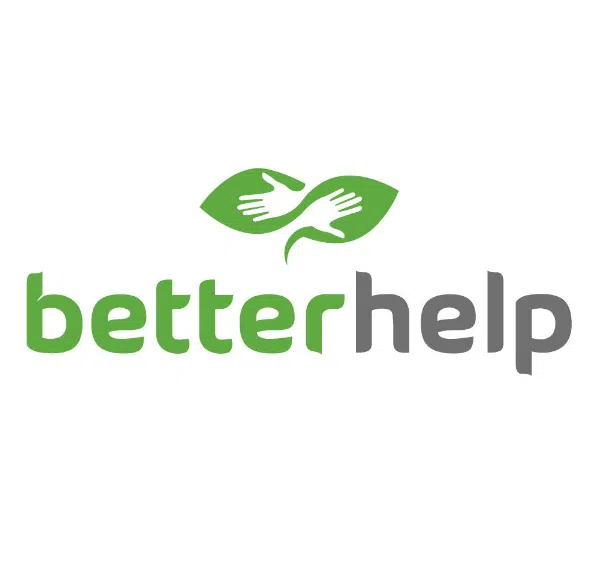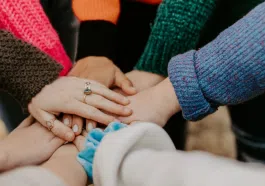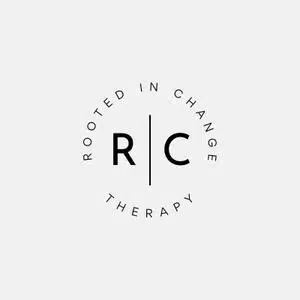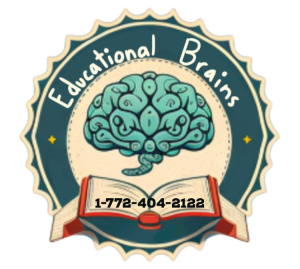The article is developed in partnership with BetterHelp
Have you noticed any negative patterns correlated to your romantic or platonic relationships?
Do you regularly get stressed out thinking your partner will someday—perhaps sooner rather
than later—leave you? Have you noticed difficulties opening up and sharing the full spectrum of
your feelings with friends and family? Is it hard to trust people?
If any of those questions had you nodding your head, you might have what’s called an insecure
attachment type regarding your relationships as an adult. There are four types of attachment
recognized by attachment theory—three insecure and one secure. It’s thought that people
develop their respective attachment types based on how they were cared for as children.
If you’d like to know more about psychotherapy for attachment styles and the potential for
healthier relationships, head over to BetterHelp:
https://www.betterhelp.com/advice/attachment/how-attachment-therapy-can-help-you/
The Four Attachment Types
Before discussing each attachment type in more detail, it’s worth noting why psychologists
believe we develop these attachment types. Your emotional needs might have been met
inconsistently or not at all as a child.
If your needs were met inconsistently when you were little, for example, you might crave
attention from your partner one day and then want to be left alone the next. You were instilled
with the idea that others cannot always fulfill your emotional needs, so you must occasionally
rely on yourself.
Dismissive-Avoidant Attachment Type
Having this type of attachment often means you are unable to fully open up to your partner
about your emotions and feelings. You might prize your independence and self-reliance over the
potential for deep connections with others.
As a child, your caregivers were probably emotionally distant and may have even acted
negatively when you expressed your emotional needs. Many adults who have the dismissive-
avoidant attachment type had parents who meant well but, for some reason, were not there to
comfort them or validate their feelings. Some parents are in this situation if they are frequently
away from their children for work, for instance.
Anxious-Preoccupied Attachment Type
The reason certain adults have the anxious-preoccupied type of attachment in their present
relationships could almost be boiled down to two words: mixed signals. In this case, mixed signals from their parents or caregivers at a young age could leave them confused and not sure
what to expect from others. Researchers found that many children who developed this
attachment type became inconsolable when their caregivers left them alone in a room. And
when their caregivers returned, the children were not immediately relieved.
An adult who has the anxious-preoccupied attachment type often feels extremely insecure when
they are not in a relationship. When they are in a romantic relationship, though, they typically
need lots of reassurance from their partner—reassurance that their partner won’t leave them,
that they are being prioritized in the relationship, or that their partner loves them.
Disorganized-Insecure Attachment Type
This attachment type has elements of the two other insecure types. A child who develops a
disorganized-insecure attachment type likely had a chaotic, perhaps even abusive, relationship
with their parents or caregivers. They were never sure what to expect from those who were
expected to care for them, so they often viewed those people with apprehension.
Adults with this type of attachment seek deep connections with other adults but often withdraw
once they establish a connection. These contradictory and unpredictable behaviors are the
hallmarks of the disorganized-insecure attachment type.
Secure Attachment Type
Infants and toddlers are not able to fulfill their own needs. This isn’t just to say they can’t feed or
dress themselves. They do not have the emotional regulation skills to soothe themselves when
they are upset or need consoling. Caregivers must rise to the occasion. When they do, they set
children up to develop the secure attachment type.
People with the secure attachment type are generous with their trust and love. They can
emotionally support their partners. When conflicts arise, they use well-developed
communication skills to talk through the situations with other adults. They are as comfortable (or
similarly comfortable) being alone as they are with company.
















